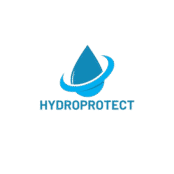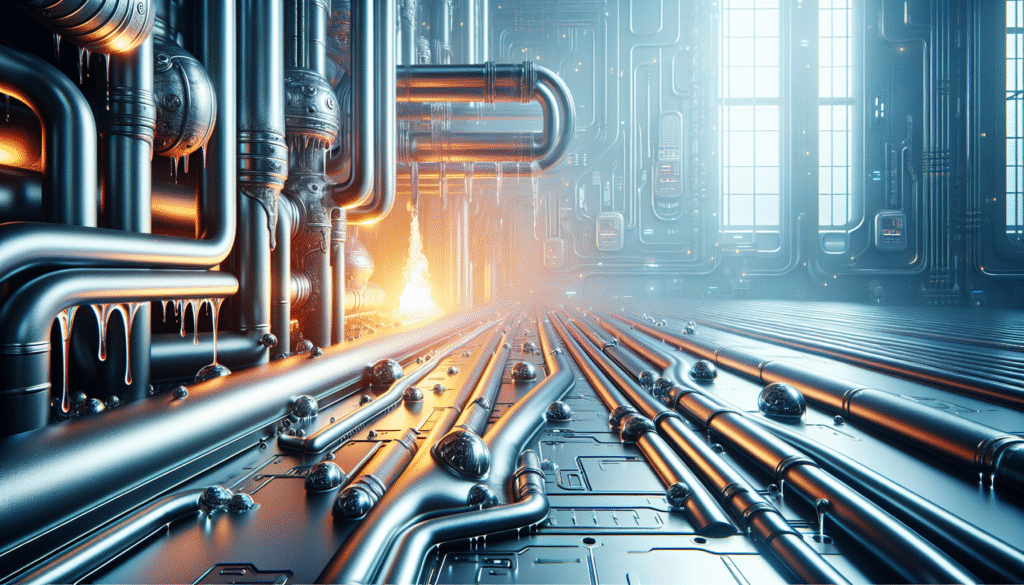Understanding Hotmelt Roof Waterproofing
Hotmelt roof waterproofing is rapidly becoming the go-to solution for hall and warehouse owners, developers, and property managers who are seeking durable and effective insulation solutions. As sustainability and long-term performance become crucial in building and maintenance decisions, hotmelt technology offers an innovative approach to creating seamless, watertight roofing systems. In this article, we delve into the advantages of hotmelt systems, why they’re superior to traditional methods, and how they effectively protect your investments.
The Mechanics of Hotmelt Technology
Hotmelt waterproofing involves the application of a bitumen-based substance that is heated to create a liquid membrane. This membrane is then spread across the roof’s surface, providing a seamless, fully-bonded layer that resists water penetration. Its capability to adapt to complex roof shapes and details without compromising integrity is a key factor in its growing popularity.
Seamless Application
One of the standout features of hotmelt waterproofing is its seamless application, which eliminates potential weak points where leaks might form. Unlike traditional systems that require multiple layers or seams, the hotmelt process creates a uniform, monolithic layer that offers consistent protection against water ingress.
Flexibility and Adaptability
Hotmelt systems are known for their adaptability. The liquid state during application allows the material to mold perfectly around roof features such as vents, skylights, and drains. This adaptability ensures full coverage and protection, making it ideal for roofs with complex layouts.
Advantages of Hotmelt Compared to Traditional Waterproofing
Choosing hotmelt for your roofing needs extends beyond just its ability to waterproof effectively. It offers several advantages that traditional methods like built-up roofing or single-ply membranes cannot match.
Cost Effectiveness
- Initial Investment: While the upfront costs might seem comparable, the total life-cycle cost of hotmelt systems is often lower due to reduced maintenance needs and longevity.
- Maintenance: Minimal maintenance requirements translate to fewer operational disruptions and lower ongoing costs.
- Durability: Hotmelt systems have a proven track record for durability, often outlasting alternatives and reducing the need for frequent replacements.
Environmental Considerations
Many hotmelt systems are developed with sustainability in mind. The materials used are often recyclable, and their long lifespan means fewer replacements over time, reducing environmental impact. Additionally, some systems incorporate reflective surfaces or green capabilities, helping to improve energy efficiency and reduce urban heat island effects.
Ideal Applications for Hotmelt Waterproofing
Hotmelt systems aren’t just versatile in function but also in application. They are ideally suited for various types of buildings and structures, where traditional systems may fall short.
Commercial Buildings and Warehouses
For commercial properties, reliability and durability are paramount. Hotmelt systems are highly suitable for warehouses and large halls where downtime for maintenance could significantly disrupt operations. Their long lifespan ensures a smart investment in high-stakes environments.
Green and Blue Roofs
Hotmelt technology is also exceptional for more sustainable roofing solutions like green and blue roofs. Its inherent waterproofing capability supports vegetation growth (green roofs) and water storage (blue roofs) by ensuring a reliable, leak-proof barrier.
Installation Process and Considerations
Installing a hotmelt waterproofing system requires professional expertise to ensure quality and longevity. Here’s what property managers and developers should consider when planning to implement this system.
Professional Expertise
Given the need for proper application and detail orientation, hiring experienced contractors who specialize in hotmelt installations is crucial. They ensure correct application, curing, and detailing, which directly influence the system’s performance and lifespan.
Weather Conditions
While hotmelt offers impressive protection against the elements, its installation is sensitive to weather conditions. It’s best applied in dry weather, ensuring the substrate is free of moisture for optimal adhesion and performance longevity.
Summary
Hotmelt roof waterproofing stands out as a superior option for durable, seamless, and cost-effective insulation for various structures. Its capacity to deliver reliable, long-term protection makes it ideal for commercial buildings, warehouses, and environmentally conscious projects like green and blue roofs. With minimal maintenance requirements and adaptability to complex roof designs, it offers a compelling solution to anyone looking to invest in sustainable building maintenance.

